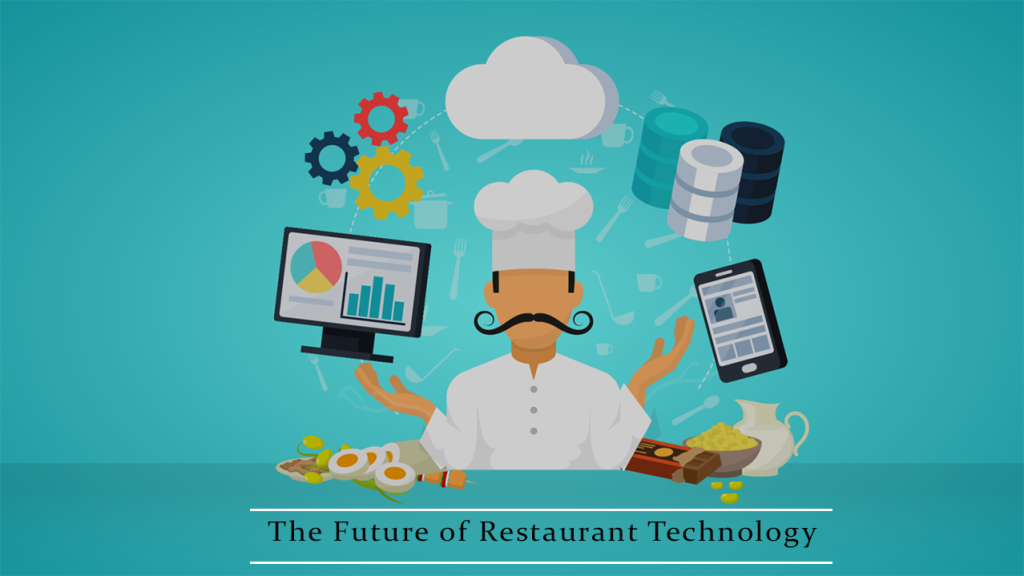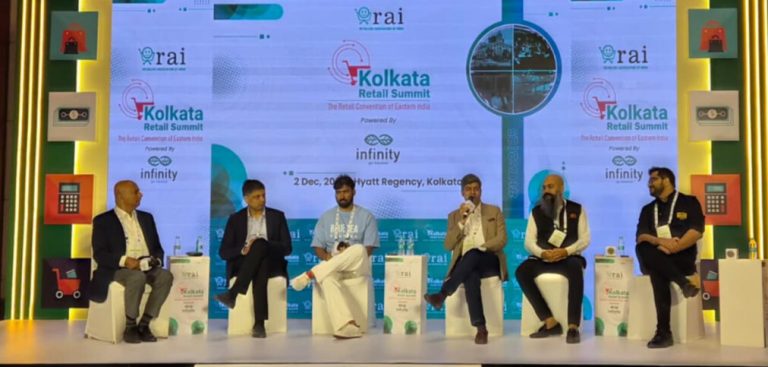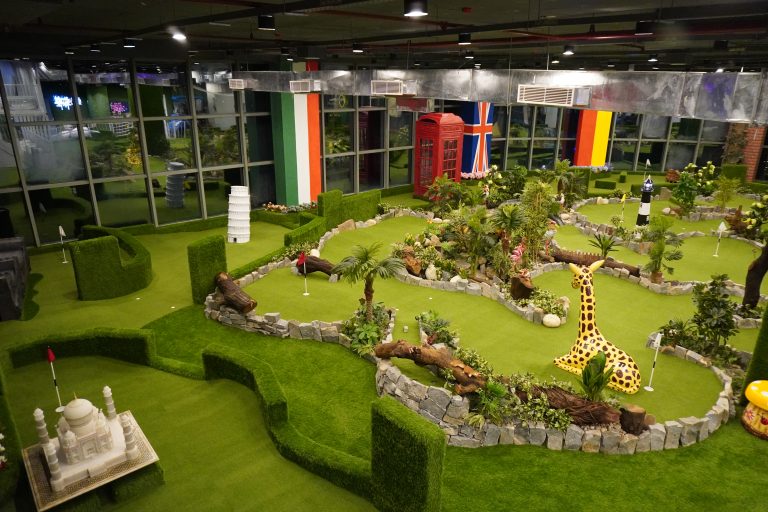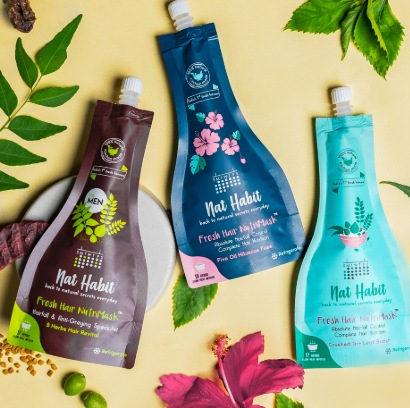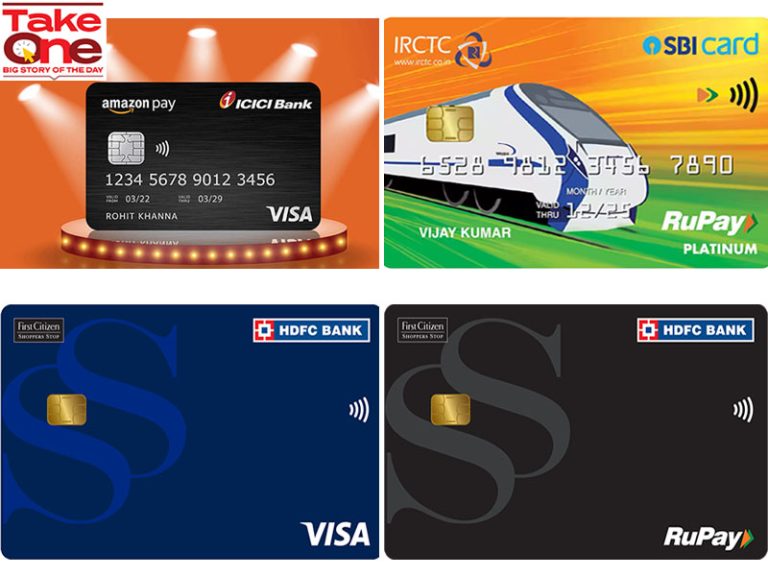We’re living in unprecedented times—as everyone keeps saying. From paper calendars and notebooks to custom-code digital processes and software platforms, the food industry has witnessed numerous technological transformations. The way restaurant businesses operate and run, has become drastically streamlined and automated.
If you’re a restaurant manager or owner not being able to focus on important aspects of your business, signs are that you’ve not been exposed to innovative restaurant technology that allows you to achieve operational efficiency.
However, don’t confuse this revolutionary progress with updated ovens and economical dishwashers (not even a coffee machine!). The latest use of technology in restaurant industry makes the food business omnichannel and more digital.
For many, restaurants and the food service industry have become truly essential, but also, have been one of the industries hit the hardest. At the same time, restaurants have been the only joy in many consumers’ lives—the only thing keeping people thriving. This creates a tremendous opportunity to succeed in this new world.
The pandemic showed us how quickly consumer behaviour changed and how quickly the restaurant industry had to adapt. From healthcare and essential workers needing to quickly grab food on the go, to consumers who were forced to shelter at home and order delivery, fast-service restaurants have helped all of us through these critical times. Restaurant owners and marketers have learned how to quickly shift, adapt, and meet customers’ needs, creating experiences dominated by technology and an enhanced focus on the digital experience and engagement.
While none of us could have predicted the toll the pandemic would have on the industry, there are some vital takeaways that all restaurateurs and marketers need to know and incorporate.
Technology Meets the Customer Experience
The food service industry, traditionally an in-person experience, had to transform and shift online, seemingly overnight. With consumers forced to quarantine at home, food delivery services experienced an uptick as traditional dining was forced to close down.
Enter the need for technology, combined with creating personalized experiences for consumers. Smart menus and in-app ordering have taken off, with many choosing to scan QR codes to access menus, in select geographical areas. Not only does this enforce social distancing protocols, it also makes it easier for marketers to create personalized digital experiences for their customers.
As part of the acceleration to digital, Taco Bell implemented AI-powered, in-app customer personalization to cater to guest’s individual needs. The company served app users relevant menu items, promotions, and other content based on order history and dietary preferences, amongst other details. With online experiences, guests will often create an account to order, or use a mobile app, as similar to Taco Bell. This is where technology and personalization come in. Display their frequent items, but also introduce new menu items they may enjoy based on preferences of guests with similar tastes. This creates a digital experience that consumers want and expect.
Wow Momo leveraged both internal and external capabilities and resources to implement the chatbot technology solution. Internally, it utilized its existing IT team to develop and deploy the chatbot, leveraging its expertise in software development and programming. Additionally, it allocated resources towards training staff and integrating the chatbot with its existing operations, such as order management and delivery tracking systems.
With the chatbot’s integration, Wow Momo achieved the dual goal of customer satisfaction and improved business growth. The streamlined process translated to higher customer retention rates as the convenience of ordering through WhatsApp resonated with patrons. This innovative solution allowed Wow Momo to improve customer satisfaction and loyalty, as well as increase repeat customer purchases by 80% and new customer acquisition by 10%. Notably, the ticket size for orders placed via the chatbot tended to be larger compared to traditional dine-in orders. This win-win approach was reflected in the numbers, with a staggering 30,000 orders received within just two months of launch.
Customization allows guests to feel appreciated and valued, especially during these unprecedented times. Going the extra step to understand the guest maximizes every touchpoint between restaurant and consumer, ensuring efficient and quality service. It also provides the added benefit of creating a potential opportunity to capture more of the consumer’s wallet through additional purchases, creating a more loyal and happier customer base.
Data is Crucial
Pre-pandemic, consumers were able to walk into a restaurant, browse a paper menu and interact with servers. Gone are those days, and no one knows when they will come back. With social distancing protocols in place, and contact-less interactions, marketers have to work harder to recreate the customer experience. Whether through branded promotions or post-meal engagement surveys, letting the customer know that you care about their experience is critical.
Look at your data to see which items are selling from your menu. Identify the loyal consumers who are quick to reorder, and segment those from the ones who browse your menu but have not purchased. Customize and amplify your promotions and marketing accordingly. While it might not have made sense to offer the same discounts to all your customers, a price reduction can open your brand up to new and prospective consumers.
Domino’s Pizza, a leading global pizza delivery company, faced numerous challenges, including outdated processes, high operational costs, and increasing competition from digital-native food delivery platforms. To address these issues, the company embarked on a digital transformation journey to streamline its operations, enhance customer experiences, and foster innovation (Bloomberg, 2019).
Domino’s focused on three key areas for its digital transformation: customer experience, data analytics, and technology infrastructure. The company implemented a unified digital platform that integrated online ordering, customer feedback, and delivery tracking. Domino’s also leveraged machine learning and AI-driven analytics to optimize delivery routes, predict customer preferences, and personalize marketing campaigns (Domino’s, 2020).
The Lessons Learned
When restaurants are allowed to reopen, pending each location, being able to keep customers safe will still be critical. The transformative technologies, including QR codes, streamlined ordering and online payments, are transforming the restaurant industry, and how consumers dine. It’s also forcing marketers and owners to rethink nearly every other aspect of restaurants. From dining options, to curb side pickup, restaurants must rethink the available real estate options. Or new and creative pickup methods, with touchless options and less face-to-face interactions. And most importantly, reevaluating the customer experience. Focusing heavily on utilizing data as a driving force to target consumers, and cater to each guest’s needs.
Today, more than ever, consumers have shown their behaviours can adapt and change in an instant. As we continue to work through the challenges, the restaurant business model, consumer habits, and our definition of ‘normal’ will continue to evolve. The right technology will help restaurant owners and marketers digitize, modernize and monetize the guest experience. I foresee the year ahead as one filled with innovation, excitement and opportunity.
